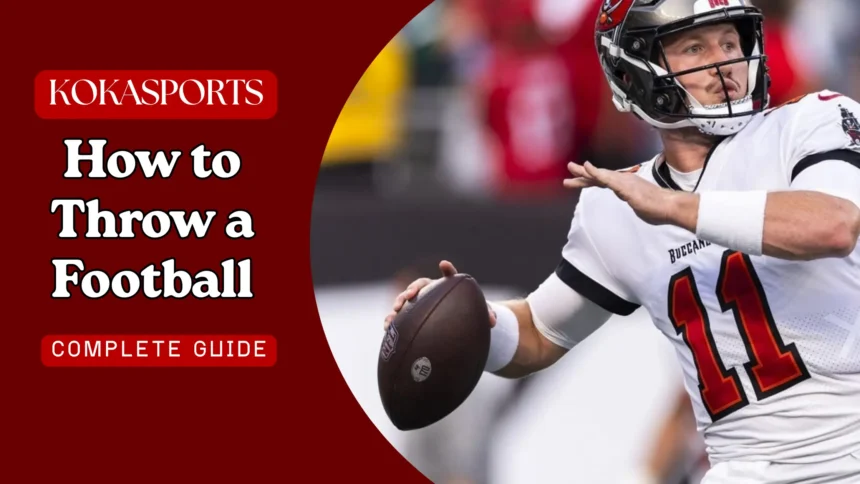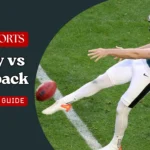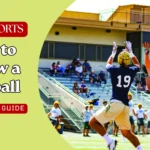Learning how to throw a football correctly is one of the most important skills in the game. Whether you want to play as a quarterback or just have fun in the backyard, knowing the right way to throw a spiral makes all the difference. This guide will teach you everything about throwing mechanics, from basic grip techniques to advanced methods that help you throw a football farther.
What You Need to Know Before Learning to Throw a Football
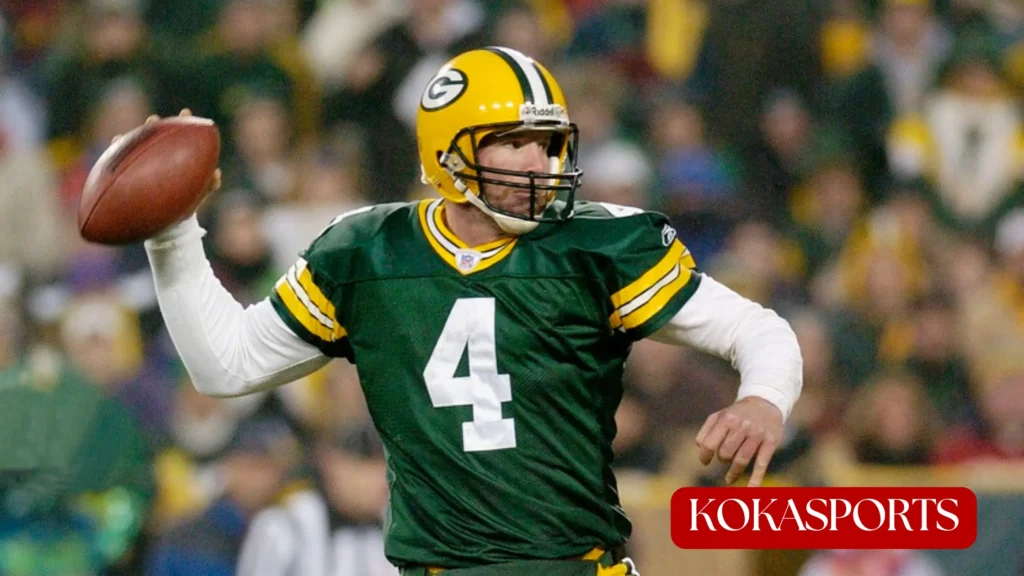
Why Learning to Properly Throw a Football Matters
When you learn how to throw correctly from the start, you build good habits that last forever. Bad habits are hard to fix later. Many people can toss a football around, but throwing with control, accuracy, and power takes real technique. The difference between a wobbly pass and a tight spiral comes down to understanding the basics.
Quarterbacks in the NFL spend years perfecting their craft. Players like Patrick Mahomes and Josh Allen didn’t become great throwers overnight. They worked on their fundamentals every single day. The same principles they use work for beginners too.
Common Beginner Mistakes
Most people make these mistakes when learning to throw:
- Holding the football too tight or too loose
- Forgetting to use their body, relying only on arm strength
- Not following through after the release
- Placing fingers in the wrong position
- Throwing with a stiff wrist
- Standing still instead of using leg power
The good news is that all these problems can be fixed with the right knowledge and practice.
Read More: Safety vs Touchback – Key Differences in Football Rules
Choosing the Right Football to Properly Throw a Football
Before you start, make sure you have the right equipment. Football throwing success starts with picking the correct ball size.
Ball Size Guide
| Age Group | Ball Size | Why It Matters |
|---|---|---|
| 6-9 years | Youth/Junior | Smaller hands need smaller balls for proper grip |
| 10-12 years | Intermediate | Transition size builds strength |
| 13+ years | Official/Regulation | Standard NFL size for serious training |
Using a ball that fits your hands makes it easier to grip the football correctly. If the ball is too big, your fingers won’t reach the laces properly. If it’s too small, you won’t develop the right muscle memory.
Proper Inflation for Consistency
Check that your football has the right air pressure. A ball that’s too soft won’t fly straight. A ball that’s too hard hurts your hand and bounces away from receivers. Official game balls should be inflated to 12.5-13.5 PSI.
How to Grip the Football for a Proper Throwing Release
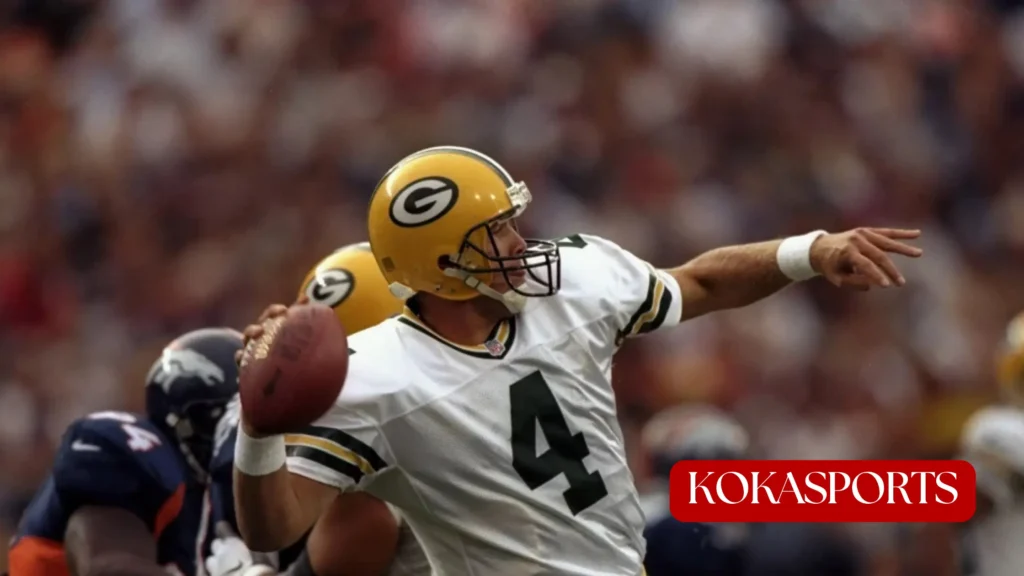
The way you hold the football determines whether you throw a beautiful spiral or an ugly wobble. Your grip is the foundation of everything else.
What is the Ideal Grip for a Perfect Spiral?
Here’s exactly how to grip the ball:
- Place your throwing hand on the ball with your index finger near the back tip
- Put your fingers on the laces – specifically on the second or third lace from the back
- Your index finger should be the last finger on the lace
- Space your fingers comfortably apart (about one finger width between each)
- Your pinky wraps around the bottom side of the ball
- Keep the ball off the palm of your hand – it should rest on your fingertip area
Think of it like holding a large egg. You want control, but you’re not crushing it.
How Tight Should You Grip the Football?
Many beginners squeeze the ball too hard. This creates tension in your throwing arm and wrist. You want a firm grip that feels secure, but your wrist needs to stay loose and flexible. The wrist snap at release is impossible if you’re gripping too tight.
Try this test: Hold the ball in your throwing position and shake your wrist side to side. If the ball moves too much, grip firmer. If your wrist feels stiff, loosen up.
How to Throw a Spiral – Step-by-Step Throwing Mechanics
Now for the main event. Let’s break down exactly how to throw a football with a perfect spiral.
Stance and Footwork When Learning to Throw a Football
Your feet and body position create the power foundation:
- Stand with your front foot pointing toward your target
- Keep your back foot slightly behind, perpendicular to your front foot
- Your feet should be shoulder-width apart
- Bend your knees slightly for balance
- Keep your weight on your back foot at first – you’ll transfer it forward during the throw
A quarterback in the pocket uses this same stance. Good footwork makes everything else easier.
The Throwing Motion That Creates a Perfect Spiral
Here’s the complete throwing motion broken down:
Step 1: The Setup
- Bring the ball back beside your ear (not behind your head too far)
- Keep your elbow at shoulder height
- Your non-throwing hand supports the front of the ball
Step 2: The Rotation
- Turn your hips toward the target
- Your shoulders follow your hips
- Your lower body powers the throw, not just your arm
Step 3: The Release
- As your arm comes forward, your elbow leads the way
- Your wrist stays cocked back until the last moment
- When you release the ball, your index finger is the last thing touching it
- Snap your wrist down as the ball leaves your hand
Step 4: The Follow-Through
- Your throwing hand continues down across your body
- Your front foot stays planted
- Your back foot can come up naturally
- Your shoulders rotate completely toward the target
This sequence creates the rotation needed for a spiral football to fly straight and true.
Why the Follow-Through Matters for Accuracy and Power
The follow-through is not optional. Many beginners stop their arm motion right after they release the ball. This kills accuracy and velocity.
A proper follow-through does three things:
- Completes the wrist snap for maximum spin
- Protects your shoulder from injury
- Aims your throwing power exactly where you want
Think of it like swinging a baseball bat. You don’t stop at contact – you swing all the way through.
How to Throw a Football Farther

Want more distance on your throws? Distance comes from technique first, strength second.
Throwing Mechanics That Help Throw a Football Farther
To throw a football farther, focus on these key points:
Hip-to-Shoulder Sequencing: Your power chain starts from the ground, moves through your hips, then your shoulders, and finally your arm. This creates what coaches call “kinetic energy transfer.” Your body acts like a whip – each part speeds up the next part.
Faster Wrist Release: The faster you snap your wrist at the release point, the more spin you create. More spin means the ball cuts through air resistance better.
Lower Body Drive: Push off your back foot and drive your weight forward. Your legs are stronger than your arms, so use them.
Increasing Arm Strength Safely
You don’t need a gym membership to improve your throwing. Try these exercises:
- Bodyweight workouts: Push-ups, planks, and shoulder presses build the muscles you need
- Band drills: Resistance bands strengthen your rotator cuff
- Core rotation training: Russian twists and medicine ball throws develop the rotational power
Important: Never try to throw the ball harder than your mechanics allow. Bad form with maximum effort leads to injury.
How to Properly Throw a Football Like a Quarterback
Quarterback Footwork for Accuracy
A QB in a game situation needs more than basic throwing skills. They need precise footwork:
3-Step Drop: Quick passes, uses timing and rhythm 5-Step Drop: Medium routes, most common drop 7-Step Drop: Deep throws, needs more time and space
Each drop pattern ends with your feet set in the proper throwing position. Your front foot points at the target, your weight transfers forward, and you throw the football with confidence.
Reading the Field Before Throwing
Great quarterbacks don’t just throw well – they throw the ball to the right person at the right time. This means:
- Scanning all receivers before you start your throwing motion
- Recognizing defensive coverage
- Timing your throw so the ball arrives exactly when the receiver makes their break
Proper throwing in game situations combines physical skill with mental processing.
Drills to Improve How to Throw a Football with a Perfect Spiral
Practice throwing the right way is better than practicing the wrong way a thousand times. Here are specific drills that work:
Spiral-Release Drills
Wall Target Drill: Stand 10 feet from a wall, throw a spiral at a target. Focus purely on your wrist snap and release point. The short distance removes pressure, so you can concentrate on technique.
Knee Drill: Kneel on both knees and throw to a partner 10 yards away. This drill removes your legs from the equation, forcing you to focus on upper body mechanics and your grip.
Follow-Through Improvement Drills
Rope Drill: Tie a rope from a fence at shoulder height. Practice throwing under the rope, which forces you to complete your follow-through down and across your body.
Static Release Training: Stand still, hold the ball in your release position, and practice just the hand motion repeatedly. This builds muscle memory for the wrist snap.
Accuracy Drills for Quarterbacks
Set up target nets at different distances. Start at 10 yards, then move to 15, 20, and 30. Track how many throws hit the target out of 10 attempts. This measures your progress over time.
Common Mistakes When Learning to Throw a Football
Incorrect Grip
If your fingers are too close together on the laces, you won’t get a clean spin. If the ball sits too deep in your palm, you lose control. Remember to grip the ball on your fingertips, not your palm.
No Follow-Through
Stopping your arm motion early is one of the biggest mistakes. Your arm should finish low and across your body naturally. A dropped elbow or collapsed arm ruins the spiral.
Weak Spiral from Poor Wrist Action
If your football wobbles, check your wrist. A stiff wrist or slow wrist snap prevents proper rotation. The ball leaves your hand off your index finger with a final snap – this creates the spin.
Trying to Throw a Football Farther Without Proper Mechanics
Raw strength without technique doesn’t work. A smaller person with great throwing technique can throw a perfect spiral farther than a strong person with bad form. Focus on mechanics first, then add power.
How to Teach Kids How to Properly Throw a Football
Equipment Considerations
Kids need smaller balls. A regulation size football is too big for most children under 12. Using the right size helps them properly throw from the beginning.
Start with lighter weight footballs too. This prevents arm strain and lets them focus on form instead of struggling with the ball’s weight.
Simple Drills for Young Quarterbacks
Keep it fun and simple:
- Short throws (5-10 yards) to build confidence
- Grip practice without even throwing – just holding the ball correctly
- Spiral practice focusing on the wrist snap
Preventing Bad Habits Early
Teach follow-through from day one. Emphasize throwing distance comes later. If a kid learns correct throwing mechanics early, they’ll naturally throw farther as they grow stronger.
How to Throw a Football in Different Game Situations
Throwing on the Run
When you throw the ball while moving, your feet work differently. You need to get your front foot pointed toward the target, even while running. This is harder than it sounds and takes lots of practice throwing in motion.
Throwing from the Pocket
In the pocket, you have time to set your feet properly. Step into your throw, transfer your weight forward, and release the ball with full mechanics. This is when you can properly throw a football with maximum accuracy.
Deep Throws vs Short Accuracy Passes
Deep throws need more arm strength and a higher release. Short passes prioritize touch and timing. The spiral on both should be tight, but you might adjust your grip slightly for different distances.
Conclusion
Success comes from building the right habits through repetition:
- Always start with grip – check your finger placement before every throw
- Focus on the wrist and release – this creates the spiral
- Build follow-through consistency – never cut it short
- Practice throwing mechanics until automatic – muscle memory beats thinking
- Balance strength with form – technique first, power second
Remember that even NFL quarterbacks still work on fundamentals every single day. The path to properly throw a football with a beautiful perfect spiral takes time, but anyone can do it with the right approach. Start with these basics, stay patient, and keep practicing. Your throwing hand, straight back motion, and clean release will improve with each session. Soon you’ll throw a spiral that cuts through the air with confidence and precision.
FAQs
How do you throw a football correctly?
Grip the laces with fingertips, rotate your hips, snap your wrist at release, and follow through.
How to throw a football in 4 steps?
Grip, bring ball to ear, step and rotate hips, release with wrist snap.
Why can’t I throw a spiral?
You’re gripping too tight, not snapping your wrist, or releasing incorrectly.
Why do QBs say blue 42?
It’s a snap count cadence to signal when the ball will be hiked.

